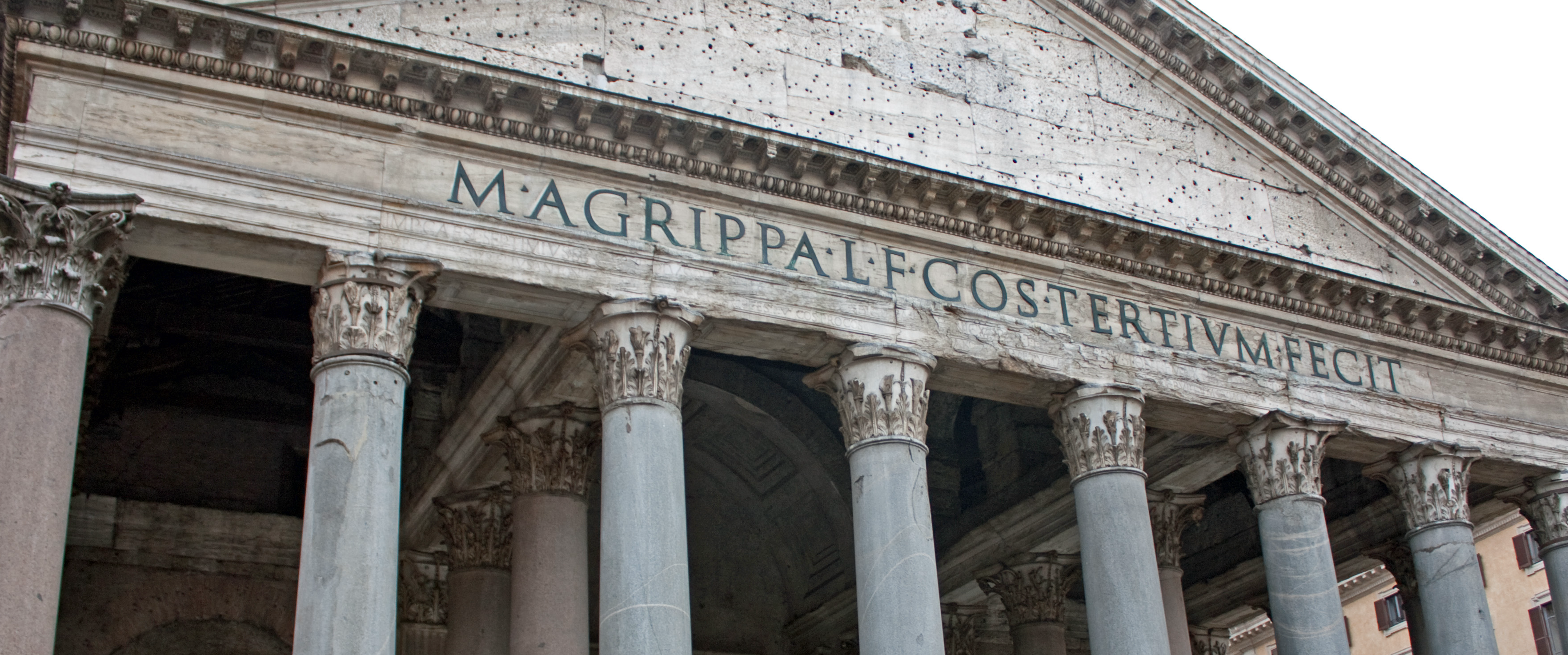Abstract
The paper makes a critical examination of one of the more influential pieces of ‘social archaeology’ to have come out of Romano-British studies - J. T. Smith’s ‘Villas as a key to social structure ’. Smith’s suggestions that many villas were occupied by ‘extended families’ is found wanting under a more detailed examination of the evidence. Instead, while there may sometimes be more than one domestic structure on a site, or even indications that individual buildings were occupied by more than a single nuclear family, it is suggested that it is the nature of the relationships involved that should be under scrutiny. To this end, a brief outline is given of an alternative approach to the material. This takes up Bordieu’s notion of habitus with its emphasis on the role of material culture, and some examples are given to illustrate how it might expand our perceptions of the material from Romano-British sites.
How to Cite
Rippengal, R., (1993) “‘Villas as a Key to Social Structure’? Some Comments on Recent Approaches to the Romano–British Villa and Some Suggestions Towards and Alternative”, Theoretical Roman Archaeology Journal 1991, 79-101. doi: https://doi.org/10.16995/TRAC1991_79_101
660
Views
288
Downloads
1
Citations
